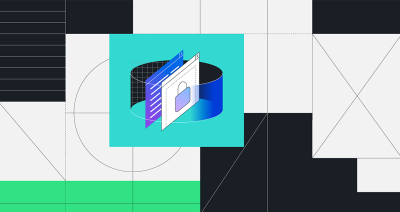
(De)coding conventions
Navigating the ebb and flow of programming paradigms–from the shifts in the JavaScript ecosystem and TypeScript’s rise, to AI’s role in advancing accessibility, and strategies for encouraging non-code contributions–tune in to the latest episode of The ReadME Podcast for more.















